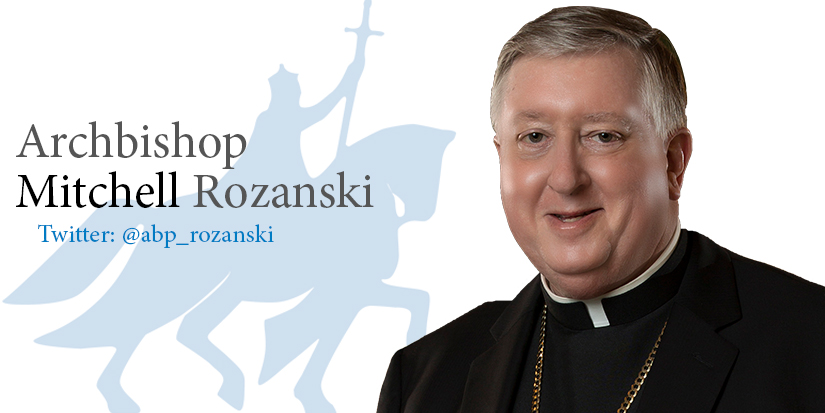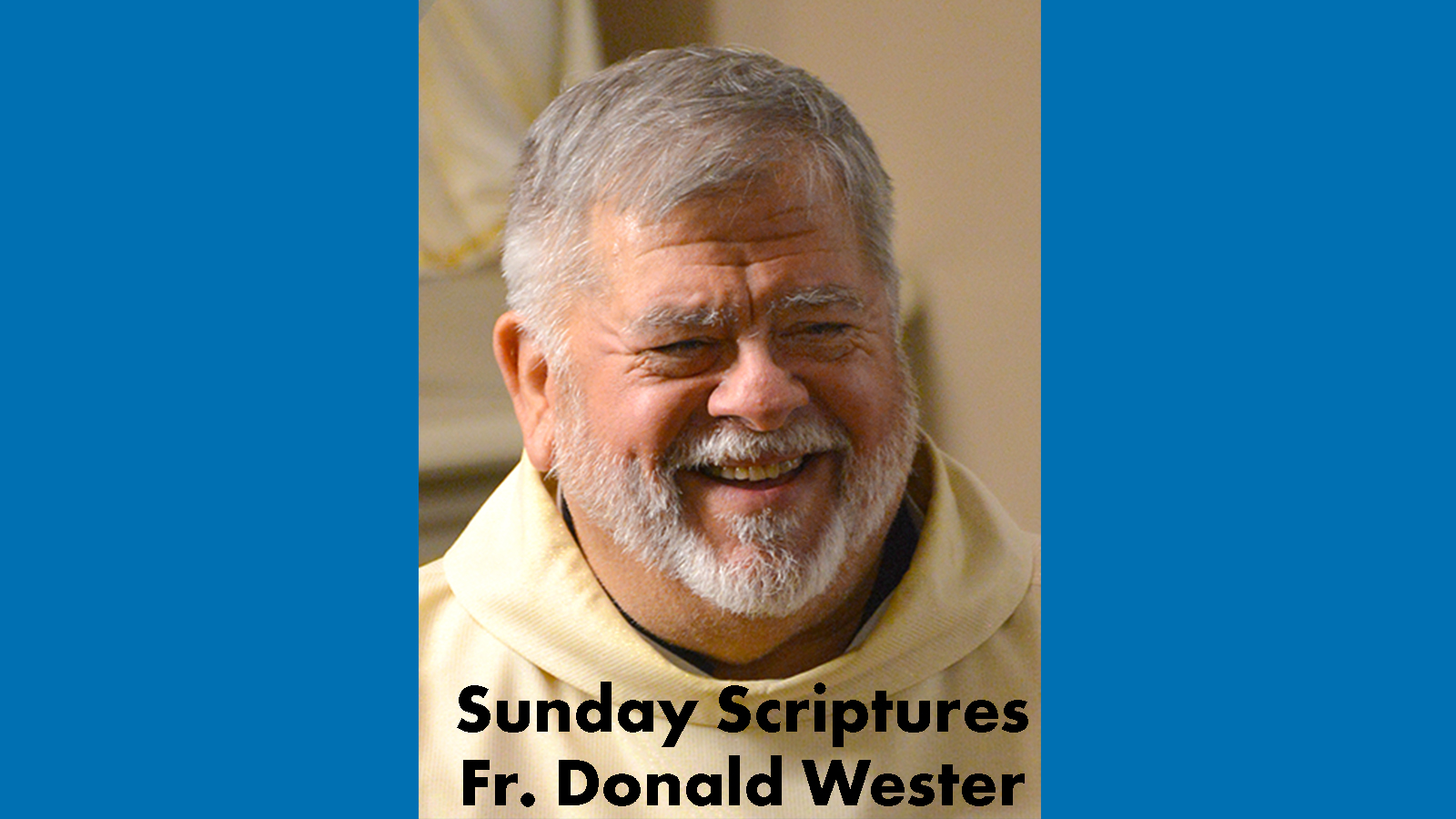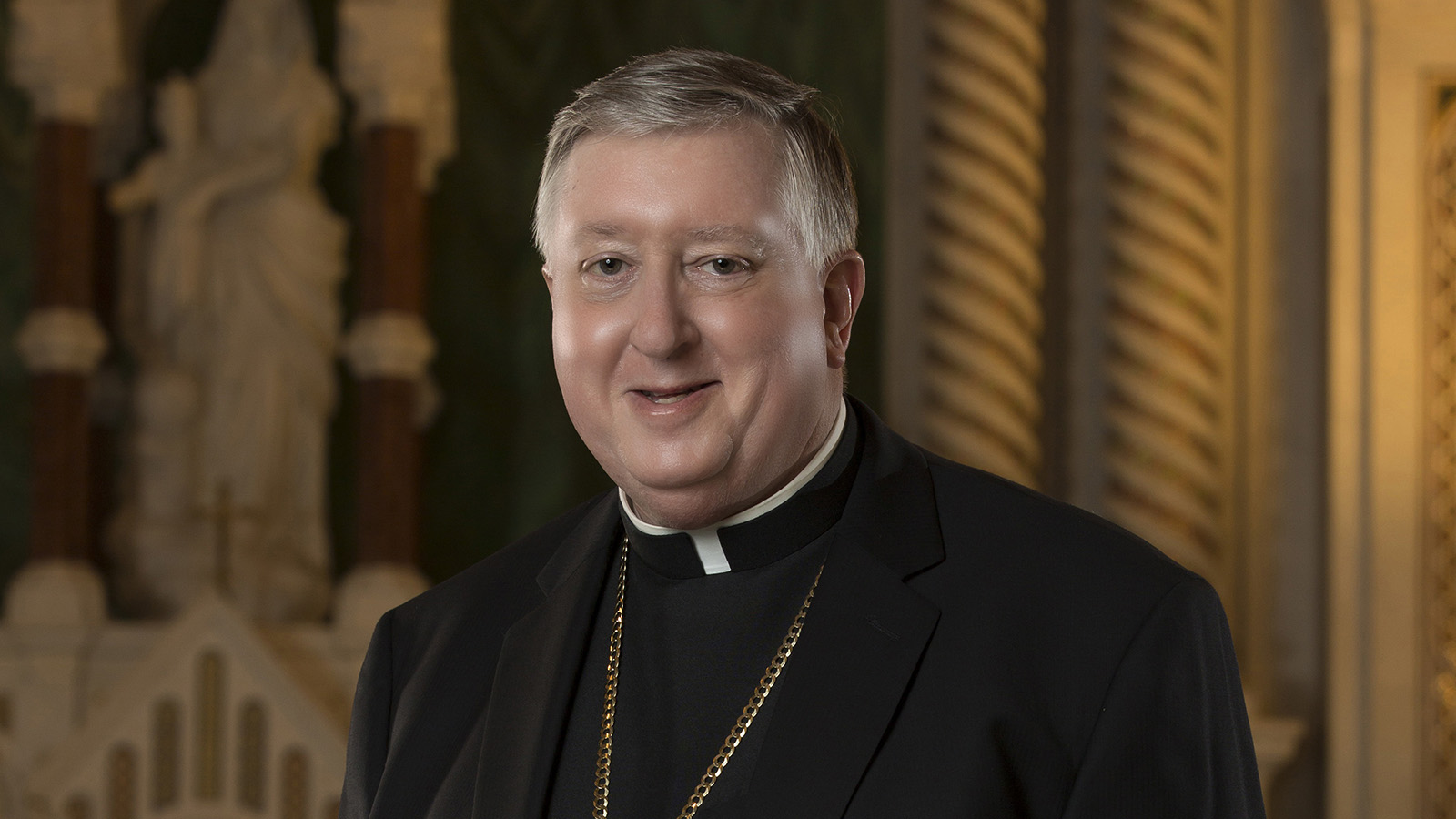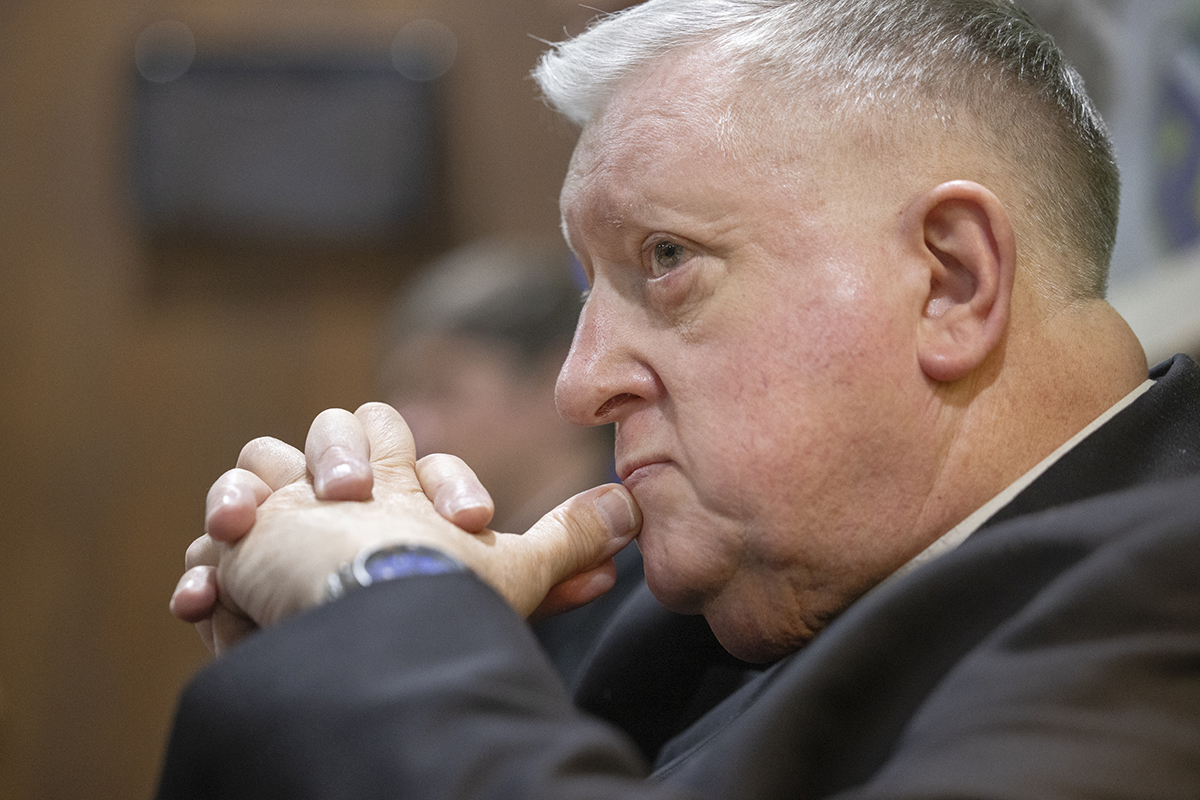SERVE THE LORD WITH GLADNESS | Structural elements of Scriptures and ministry can enrich our mission
Paying attention to the structural patterns can guide us in our next steps

Dear brothers and sisters in Christ,
When I celebrate the feast of St. Louis on Aug. 25, I’ll mark the first anniversary of my installation as Archbishop of St. Louis. Looking back over the past year is like walking into the Cathedral Basilica — I am filled with wonder and gratitude.
A careful reading of this week’s readings turns our attention to structures, and I find that structures are very much on my mind these days.
For example, we hear Jesus denounce the scribes and Pharisees in Matthew 23: “Woe to you, scribes and Pharisees, hypocrites!” Seven times Jesus repeats this denunciation, and the number is significant. The sevenfold repetition indicates a “fullness” of denunciation. If we analyze the content and miss the structural point, we miss a major part of Jesus’ message.
In fact, the whole Gospel of Matthew is divided into five major sections. Matthew is making another structural point: Jesus is building on and superseding the first five books of the Bible. He is the new and living Torah.
Even the genealogy at the start of the Gospel makes a structural point. Matthew divides the ancestors of Jesus into three groups of 14. Some people, looking closely, note that the genealogy doesn’t exactly match the chronology of the Old Testament. But that misses the main point. Fourteen is the number that corresponds to the name “David.” And Hebrew has no comparative terms, so to repeat something three times is to say “it is the greatest.” With an understanding of these structures, we can see the point that Matthew is making: Jesus is the “David-est” — the greatest king — in the history of Israel.
We also hear, this week, the vision of the heavenly Jerusalem from Revelation 21. The new Jerusalem is described in terms of seven sets of 12. Again, the point is structural: this is the fullness (seven) of the fullness of Israel (12).
If we read the Bible with an eye to its structural elements, we’ll find ourselves greatly enriched. If we ignore the structural elements, we’ll miss a great deal.
Having gotten to know the people of the Archdiocese of St. Louis over the past year, I’m now beginning to think about some structural elements of our mission. We build on a wonderful foundation! But we can’t be content with what we’ve done. We need to ask: What’s the next right step? Part of the next right step involves paying attention to structures.
To take two simple examples: 1) We’re set to cross a historic benchmark in the next few years. The number of active diocesan priests in parish work will match, and then dip below, the number of parishes we have. 2) Our two largest parishes in St. Charles County serve the same number of Catholics as 23 of our parishes in the city. The number of priests and the distribution of parishes are structural elements of our mission that are on my mind.
Have I reached any conclusions about that? I need to say this as clearly as possible: No!
But are there structural questions we need to ask ourselves? We need to say together, with just as much clarity: Yes!
That’s why we’re in the initial stages of preparation to conduct a comprehensive pastoral plan that will shape our mission. Neither I nor anyone else has already reached any structural conclusions. But, just as it’s important and enriching to think about the structural elements of the Scriptures, so we also need to think about the structural elements of our ministry. I invite you to join me in prayer and conversation over the next few years as we do so together.




